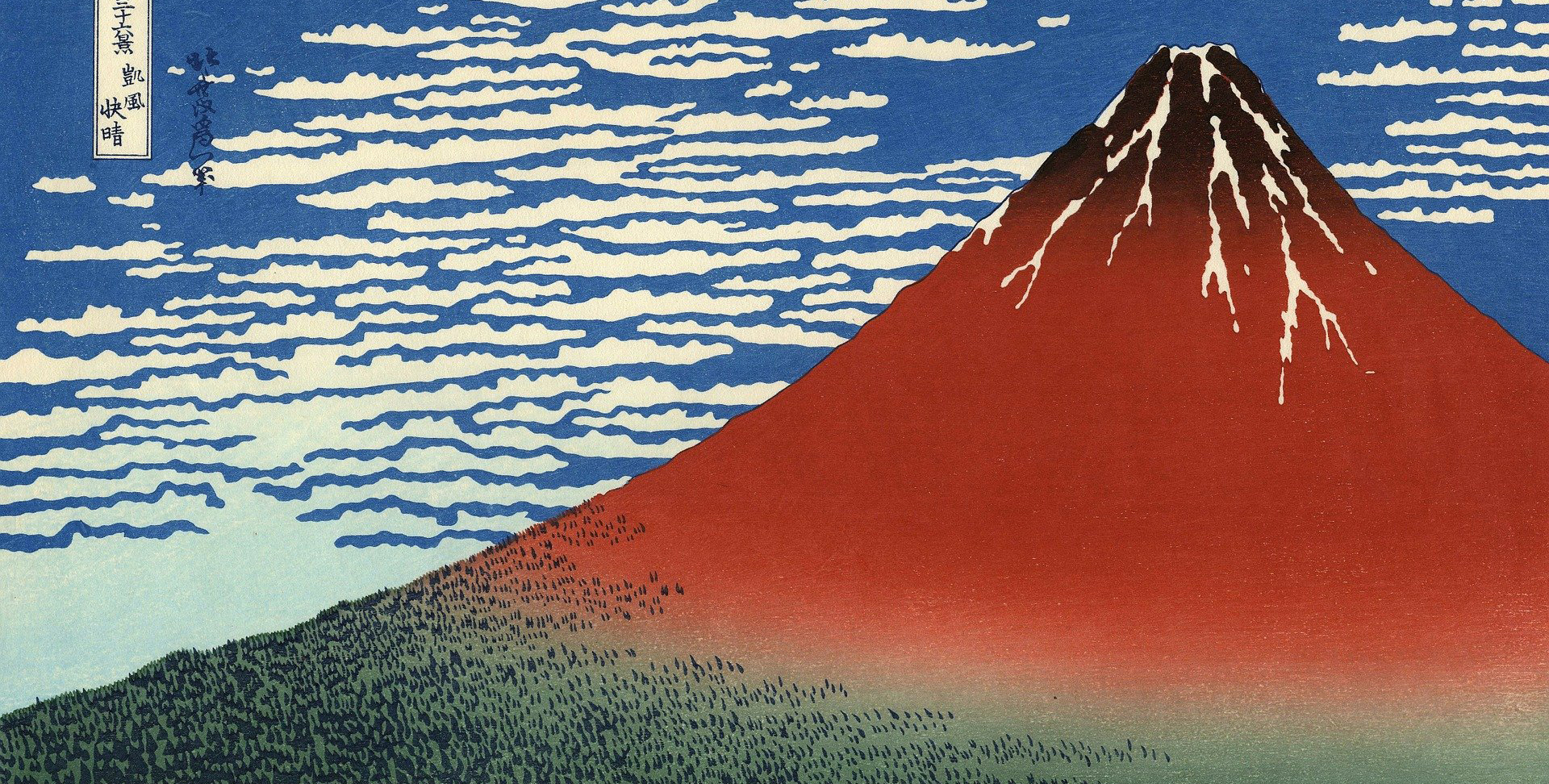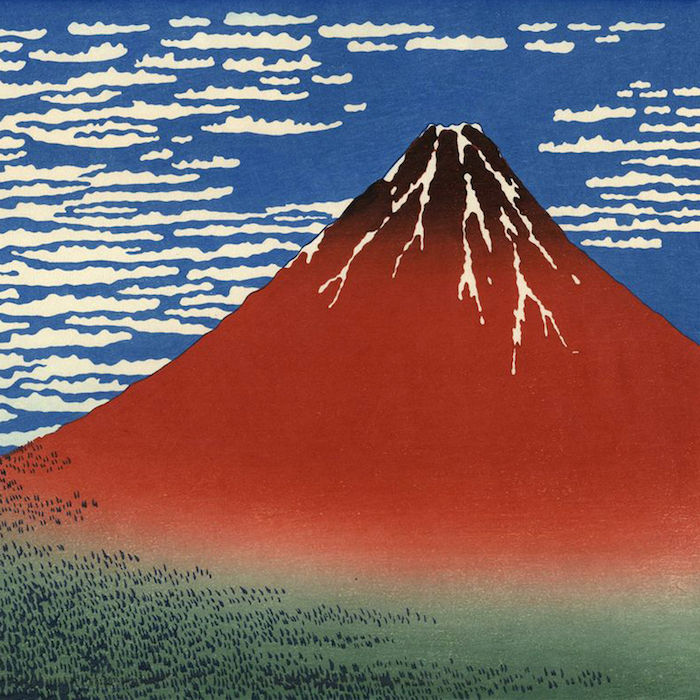


In the past, the Japanese leader was known as the Shogun. As for the Emperor, his role was simply symbolic and religious.
When he came to power in 1603, Shogun Tokugawa leyasu decided not to live in Kyoto, the capital. Instead, he set up the centre of political power in a little village near the sea – Edo. Today this village, renamed Tokyo during the 19th century, has the world’s largest population!


In 1603, the Shogun set up operations in a little village called Edo.

Edo, the Shogun’s place of residence; became the official capital of Japan during the 19th century, with the name Tokyo.
We have to say that for several centuries, the country had been torn apart by battles between different lords, who were known as daimyos. It was these lords who sent the samurais into battle.
This did not, however, mean that their armour disappeared, far from it! Thanks to the talent of the artisans who designed it, it became more and more spectacular. From then on, their owners would put them on display in their homes like works of art, to show their wealth and prestige.


When peace was restored, the pieces of armour became impressive works of art, demonstrating how wealthy their owners were.

If there was one technique that was crowned with success during the Edo period, it was etching!
Using woodcutting and multicolour printing, two Chinese inventions, it usually takes several people to execute it. This is how it’s done:


Etching was developed during the Edo period.
Hokusai, the artist, was one of the most famous Masters of this technique. One of his many masterpieces stands out as he is particularly famous for it today – his series of 36 Views of Mount Fuji, a sacred mountain in Japan.
The etching technique, both simple and inexpensive, meant that his works were distributed on a large scale: they have even inspired European artists!

Hokusai, the famous etching Master, has left us many masterpieces, including the famous series of 36 Views of Mount Fuji.

"*" indicates required fields